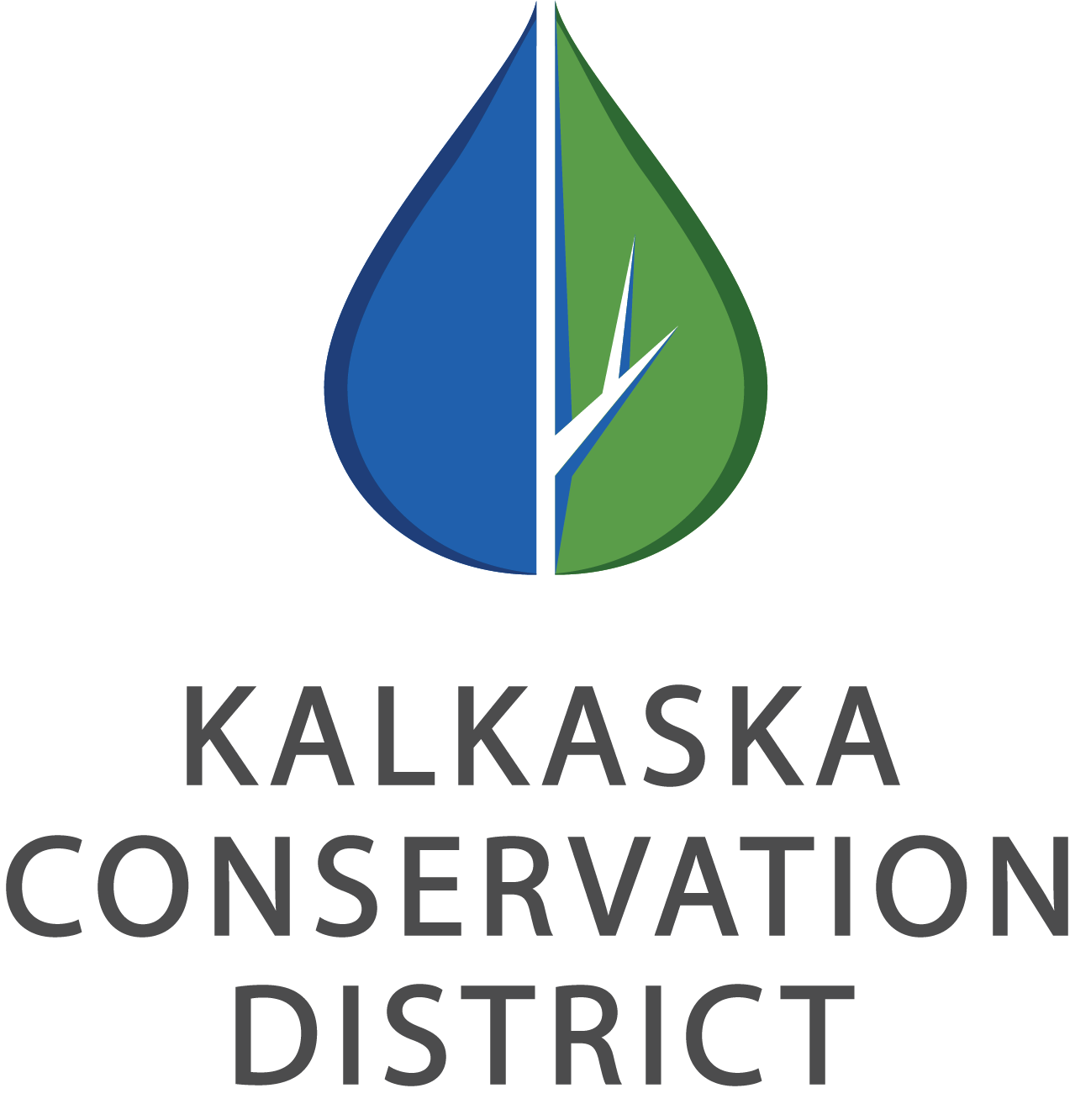By Marilyn Shy, Kalkaska Conservation District
Ever wonder about the frogs and toads we hear singing in the spring? Why do they sing? Are there different kinds? What is their role in the natural environment? And are some populations on the decline?
For the past 20 years or so, the Michigan Department of Natural Resources has sought the answers to these questions. With the help of local groups, organizations and individuals, the DNR conducts a Frog and Toad Survey every spring. This year the Kalkaska Conservation District, along with the AuSable Institute of Environmental Studies, is participating.
There are several options for you as a citizen to be a part of this year’s Frog and Toad Survey. You can meet with members of the Conservation District and the AuSable Institute, and help them listen and identify frog and toad species at ten sites near Manistee Lake Sands Park. Or, you can run your own survey route near your home. Either way, the information you collect will go into a large database that will help us to answer questions about the health of the environment.
Frogs and toads are considered good indicators of water quality. They breathe through their skin and are sensitive to contaminants. Herpetologists have noticed a decline in amphibians nationwide since the 1970s.
Both frog and toads are cold-blooded creatures which begin life as eggs, then transform into tadpoles (also called pollywogs), and finally metamorphose into terrestrial creatures, losing their tails and developing legs. Toads live in upland environments, while frogs must largely remain wet, and so are never far from a wetland, lake, river or stream. Sometimes leopard frogs can be found out in grassy fields, getting the moisture they need from foliage. Toads can live quite a distance from wet areas. I often find them in my yard and in the garden.
Toads and frogs call for two reasons: to establish territories and to attract mates. Only the males call.
There are two species of toads and eleven species of frogs in Michigan. Some are common and widespread, others are rare and found in only certain areas.
Spring peepers are the loudest. They are also one of the earliest. Found in almost every part of the state, they call for the longest period of time, usually 3 months. Wood frogs are also extremely common. They can tolerate cold better than any other frog, and are the only frog found in Alaska.
The next Frog and Toad Survey event will take place on Friday, June 14 beginning at 9 pm. Meet at the Manistee Lake Sands Park. From there, the group will carpool to the 10 sites that are being monitored. For audio files of the frog and toad calls, you can email Renee Penny at renee.penny@macd.org, or look for them on the Kalkaska Conservation District website. You can register for the event online, or contact Renee. And Happy Frogging!

